Signs Of Life Found On Venus Are Tearing Apart The Scientific Community
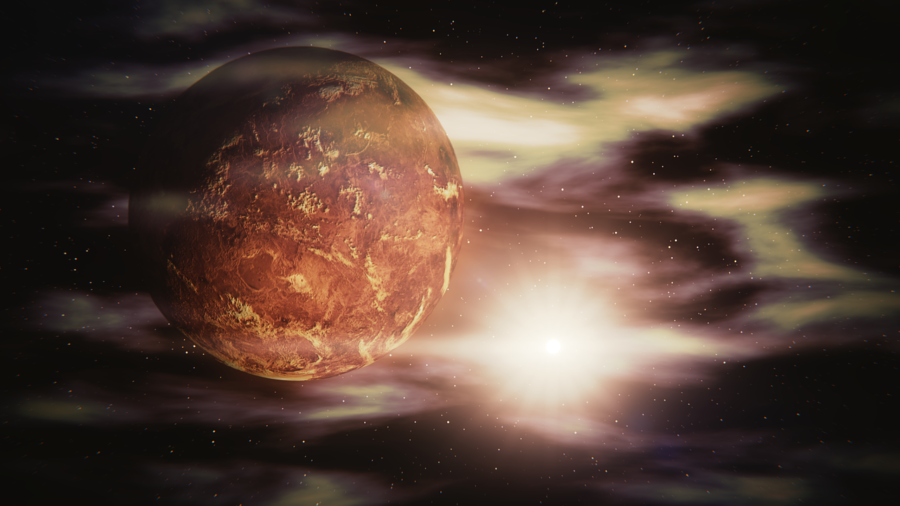
Venus enthusiasts have delivered a big “told you so” to all the haters out there who have held tightly to the belief that in no way, shape, or form could the planet ever yield life. Just four years after researchers discovered the presence of the life-making gas known as phosphine in the clouds of the second planet from the Sun, they hit another milestone, throwing more proof at the skeptics who shut down their initial findings. Phosphine is a key component in the creation of life which makes this extra bit of backup information a key building block for the scientists to move forward with their research.
Team Phosphine Has Research On Their Side
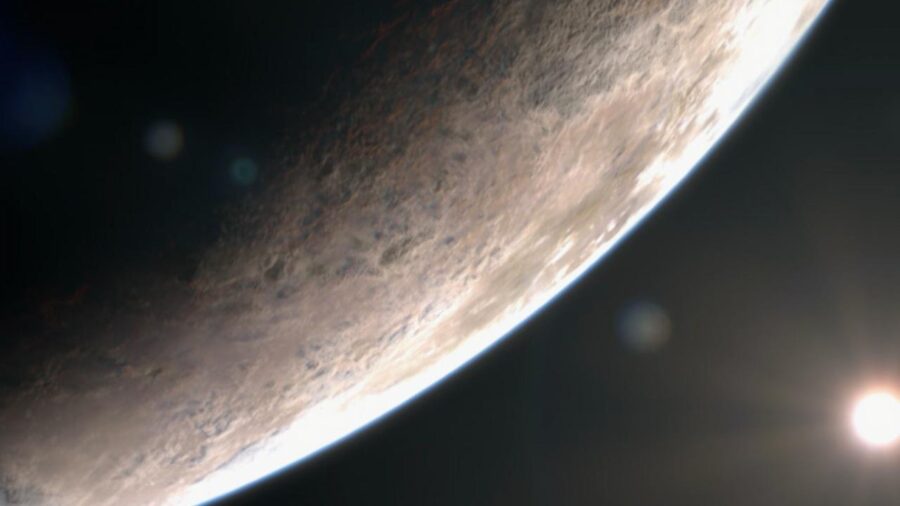
Team Venus brought the heat to the Royal Astronomical Society meeting in Hull, England on July 17, when the group responsible for the phosphine discoveries celebrated a mic drop moment in front of their critics. Many have come forward over the last four years to rebuke the seemingly silly notion that the life-giving gas could possibly be found in the clouds of Venus, but it’s hard to be a naysayer when the culmination of nearly half a decade of work is printed out there right in front of you. Even so, this is still just the start of the important research that has yet to come.
An Intimidating Amount Of Data

So, what’s all this new data about? Well according to Venus’ number one fans, they’ve been using the James Clerk Maxwell Telescope in Hawaii to run not one, not two, but three more observational campaigns to peek into the clouds surrounding the planet. And the findings were impressive.
In just one of those so-called campaigns, team member Dave Clements, who works as a reader in astrophysics at Imperial College London, says that they received “140 times as much data” as was first uncovered in the first sweep.
But Wait, There’s More!
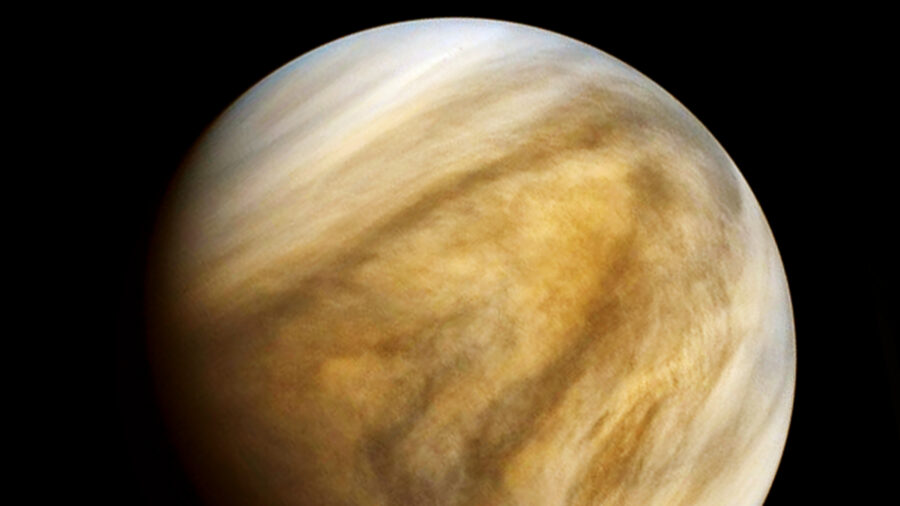
And, while everything’s still coming up phosphine for Team Venus, another gas is shaking the planetary scientific community to its core – the discovery of ammonia. Another team who share a love for the solar system’s second planet is hot on the trail of evidence linked to ammonia also found abundantly present in the atmosphere. Clements is also a member of this second gassy team and he reports that the discovery of ammonia was actually “more significant” than their phosphine findings.
Venus’ Atmospheric Makeup
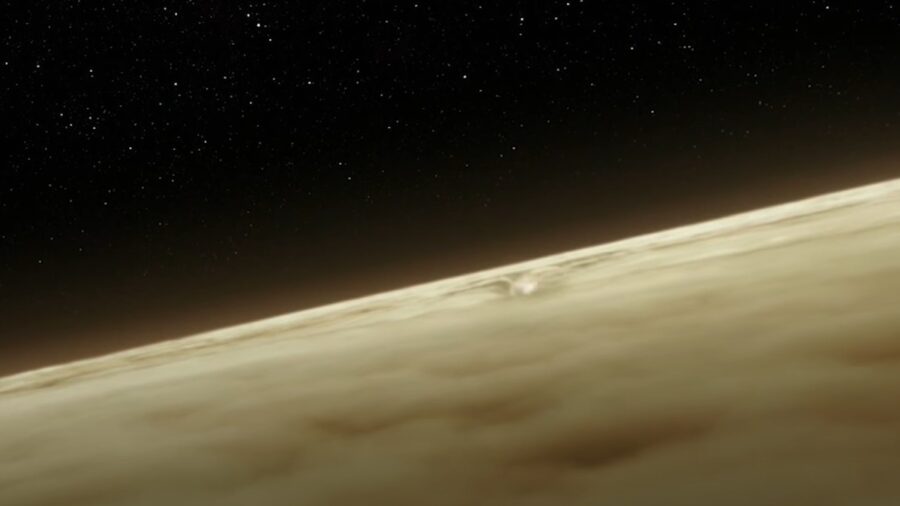
For those of us out there who aren’t super hip to why the discovery of phosphine is such a wildly incredible discovery on Venus, Clements kindly broke it down in layman’s terms. It all comes down to the planet’s atmospheric makeup. Like Earth and Mars, Venus is largely composed of oxygen which became the planet’s main gas as it continued to form and hydrogen was pushed out.
With this in mind, Clements said that the gasses phosphine and ammonia “shouldn’t be” found on Venus but they’ve somehow survived the test of time. Both of these gasses are deemed to be “biomarkers,” which is a good sign when it comes to possible life being found on the base of Venus.
Point/Counterpoint
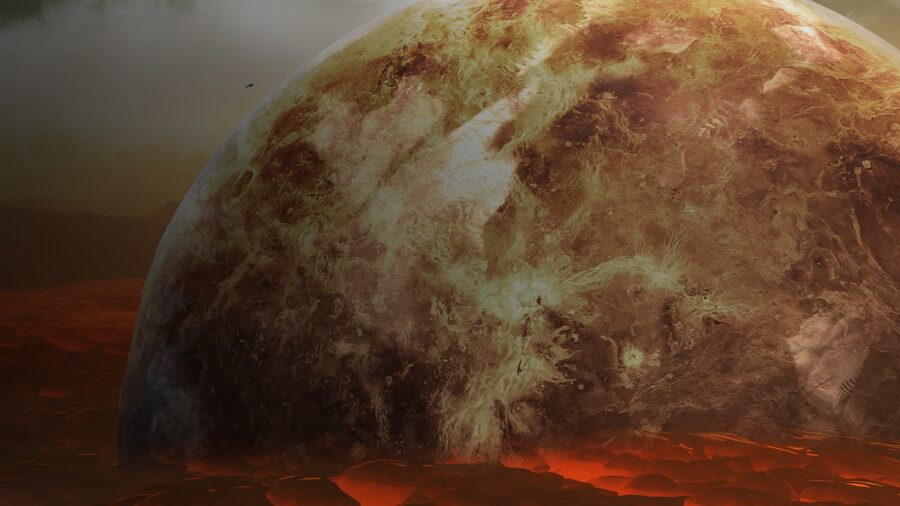
When it comes to the Venus haters out there (or just the folks who really, really want to make sure the research is done properly, and we salute them for that), they put forward their own theory that it wasn’t phosphine on the planet at all but instead sulfur dioxide. Luckily, the phosphine and ammonia research team continued to do the work and have not only come forward with these new incredible findings, but are dedicated to chasing down as much information about Venus’ atmosphere as possible.
Source: The Guardian











